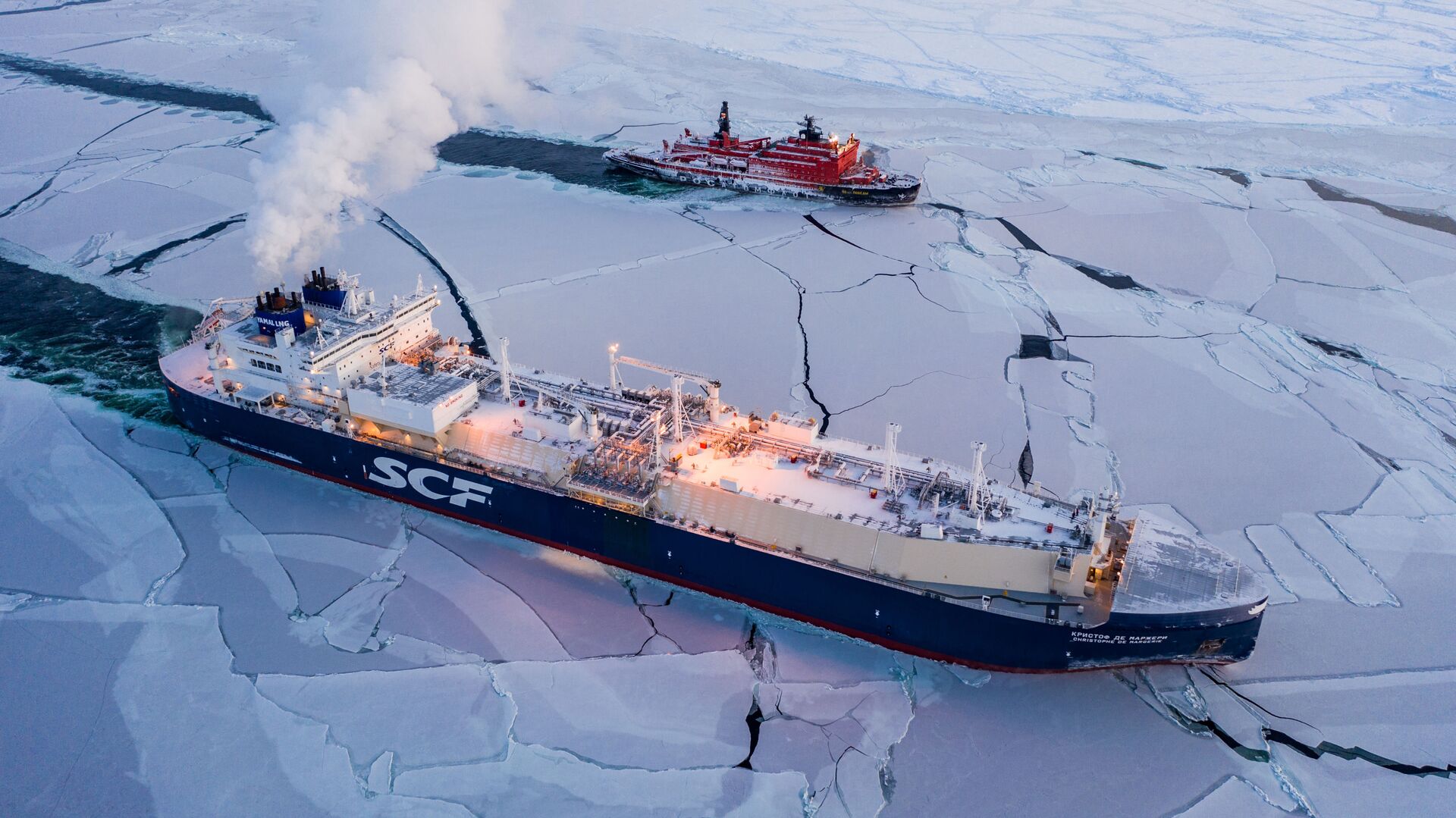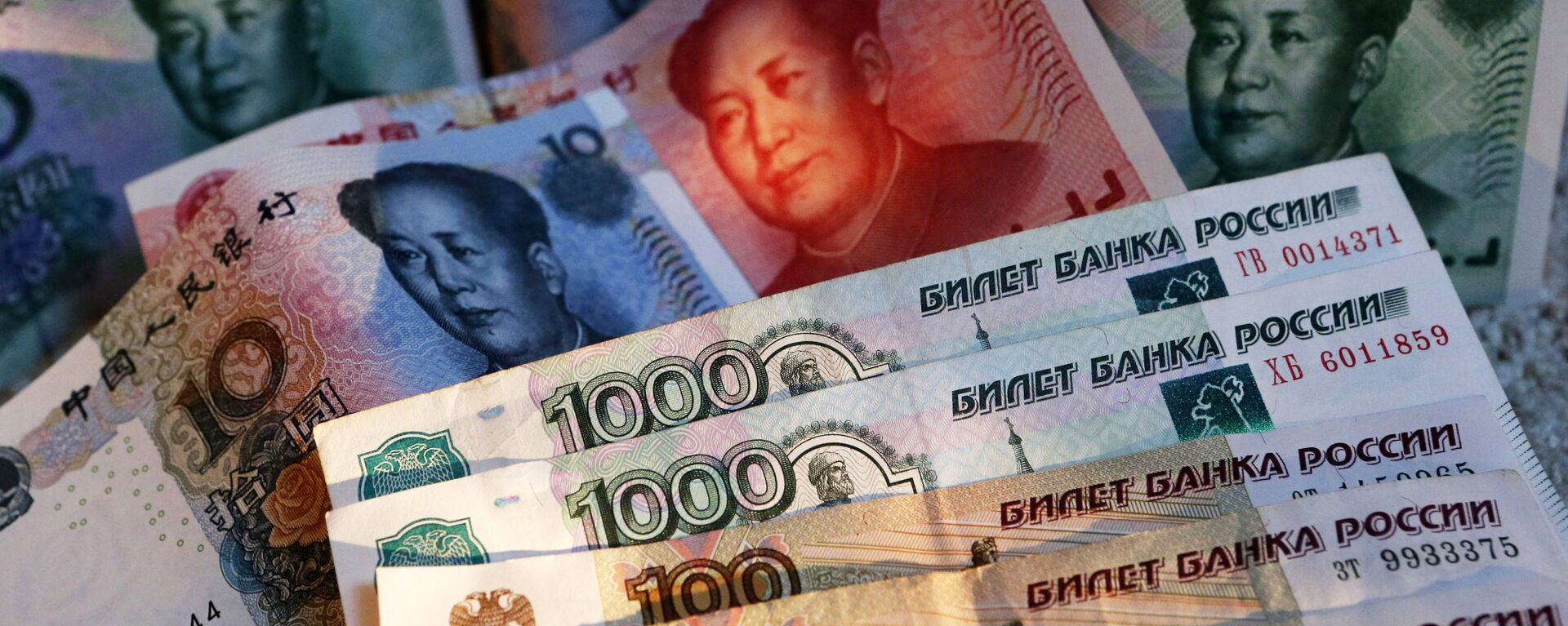https://en.sputniknews.africa/20240311/russia-gains-56-billion-from-redirected-exports-of-fossil-fuels-1065486604.html
Russia Gains $56 Billion From Redirected Exports of Fossil Fuels
Russia Gains $56 Billion From Redirected Exports of Fossil Fuels
Sputnik Africa
Energy imports from Russia have been under Western sanctions since 2022. The restrictions began with a ban on coal in the summer, followed by limitations on... 11.03.2024, Sputnik Africa
2024-03-11T09:41+0100
2024-03-11T09:41+0100
2024-03-11T10:33+0100
russia
turkey (turkiye)
china
european union (eu)
energy
international
https://cdn1.img.sputniknews.africa/img/07e8/03/0b/1065486785_0:197:3075:1926_1920x0_80_0_0_4a3ab7405a2ad4d221df14ee8b3aa964.jpg
Russia earned almost $187 billion from oil, gas and coal supplies to a number of friendly countries last year, which is $56 billion more than the average exports to European countries before they imposed their anti-Russian sanctions, according to Sputnik's calculations.Data from the national statistical services of the largest buyers of Russian hydrocarbons, Turkey, China, India, Brazil, Indonesia, Malaysia and the EU, were analyzed. The study compared the average value of deliveries from 2019 to 2021 with those in 2023. Data from 2022 were not considered due to abnormal fluctuations in the value of imports, both in terms of price changes and supply volumes.Before the barrage of sanctions was imposed, the 27 countries of the EU purchased an average of $102.5 billion worth of hydrocarbons from Russia annually. However, this figure plummeted to $31.6 billion last year. Consequently, the volume of lost revenue from supplies to these countries totaled $70.9 billion.Despite this setback, the increase in exports to allied nations has more than made up for it. In total, exports to just six countries - Turkey, China, India, Brazil, Indonesia, and Malaysia - reached $186.7 billion last year, compared to an average of $59.9 billion between 2019 and 2021.Thus, Russia earned an additional $126.8 billion from these destinations, which is $56 billion more than from its deliveries to the European Union.Last year, China emerged as the largest purchaser of Russian hydrocarbons, ramping up its spending from $43.3 billion in 2019-2021 to $94.6 billion. This doubling in expenditure encompassed the purchases of coal, gas, oil, and petroleum products.It is closely followed by India, which boosted its acquisitions of Russian hydrocarbons by nearly 18 times from the 2019-2021 average to $53.7 billion. Turkey more than doubled its purchases to $30.1 billion, while Brazil experienced a 24-fold surge to $5.3 billion.Malaysia boosted its imports of hydrocarbons from Russia by 2.8 times to $2 billion, and Indonesia more than quintupled these imports to $1.1 billion.In December 2022, Moscow implemented a ban on the export of Russian oil and petroleum products to foreign entities, that is any country or company that, directly or indirectly, using the price cap in any contract. The ban applies to all stages of delivery, ultimately affecting the final buyer. This presidential decree went into effect on February 1, 2023, and has since been extended until June 2024.
https://en.sputniknews.africa/20231019/russian-oil-corporation-calls-to-expand-international-trade-in-ruble-yuan-1062917602.html
russia
turkey (turkiye)
china
Sputnik Africa
feedback@sputniknews.com
+74956456601
MIA „Rossiya Segodnya“
2024
Sputnik Africa
feedback@sputniknews.com
+74956456601
MIA „Rossiya Segodnya“
News
en_EN
Sputnik Africa
feedback@sputniknews.com
+74956456601
MIA „Rossiya Segodnya“
Sputnik Africa
feedback@sputniknews.com
+74956456601
MIA „Rossiya Segodnya“
russia, turkey (turkiye), china, european union (eu), energy, international
russia, turkey (turkiye), china, european union (eu), energy, international
Russia Gains $56 Billion From Redirected Exports of Fossil Fuels
09:41 11.03.2024 (Updated: 10:33 11.03.2024) Energy imports from Russia have been under Western sanctions since 2022. The restrictions began with a ban on coal in the summer, followed by limitations on oil by the end of the year. In 2023, the sanctions on oil products took effect.
Russia earned almost $187 billion from oil, gas and coal supplies to a number of friendly countries last year, which is $56 billion more than the average exports to European countries before they imposed their
anti-Russian sanctions, according to
Sputnik's calculations.
Data from the national statistical services of the largest buyers of Russian hydrocarbons, Turkey, China, India, Brazil, Indonesia, Malaysia and the EU, were analyzed. The study compared the average value of deliveries from 2019 to 2021 with those in 2023. Data from 2022 were not considered due to abnormal fluctuations in the value of imports, both in terms of price changes and supply volumes.
Before the barrage of sanctions was imposed, the 27 countries of the EU purchased an average of $102.5 billion worth of hydrocarbons from Russia annually. However, this figure plummeted to $31.6 billion last year. Consequently, the volume of lost revenue from supplies to these countries totaled $70.9 billion.
Despite this setback, the increase in
exports to allied nations has more than made up for it. In total, exports to just six countries - Turkey, China, India, Brazil, Indonesia, and Malaysia - reached $186.7 billion last year, compared to an average of $59.9 billion between 2019 and 2021.
Thus, Russia earned an additional $126.8 billion from these destinations, which is $56 billion more than from its deliveries to the European Union.
Last year, China emerged as the largest purchaser of Russian hydrocarbons, ramping up its spending from $43.3 billion in 2019-2021 to $94.6 billion. This doubling in expenditure encompassed the purchases of coal, gas, oil, and
petroleum products.
It is closely followed by India, which boosted its acquisitions of Russian hydrocarbons by nearly 18 times from the 2019-2021 average to $53.7 billion. Turkey more than doubled its purchases to $30.1 billion, while Brazil experienced a 24-fold surge to $5.3 billion.
Malaysia boosted its imports of hydrocarbons from Russia by 2.8 times to $2 billion, and Indonesia more than quintupled these imports to $1.1 billion.
In December 2022, Moscow implemented
a ban on the export of Russian oil and petroleum products to foreign entities, that is any country or company that, directly or indirectly, using the price cap in any contract. The ban applies to all stages of delivery, ultimately affecting the final buyer. This presidential decree went into effect on February 1, 2023, and has since been extended until June 2024.


